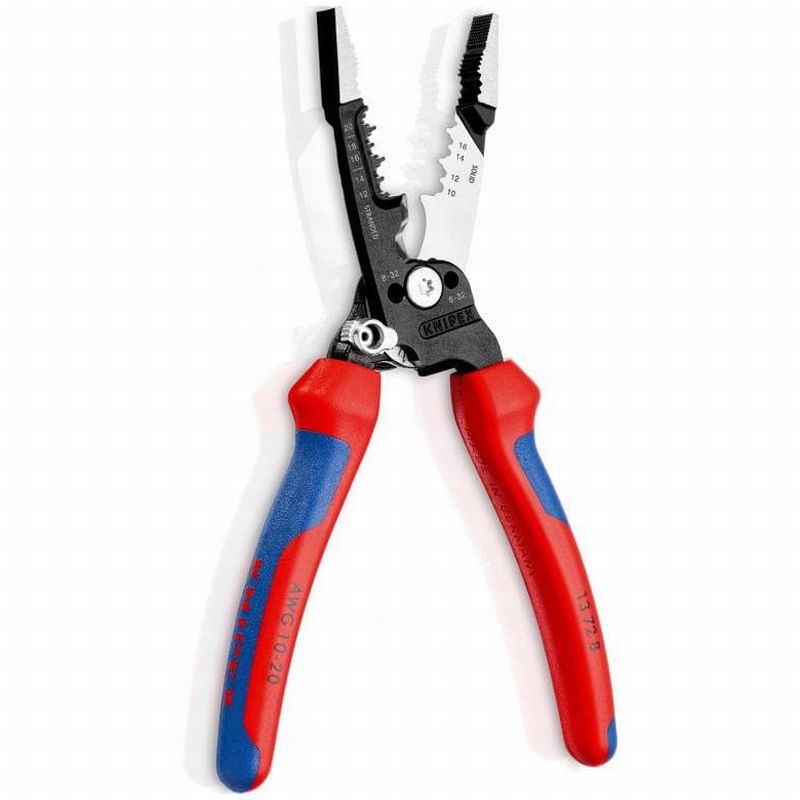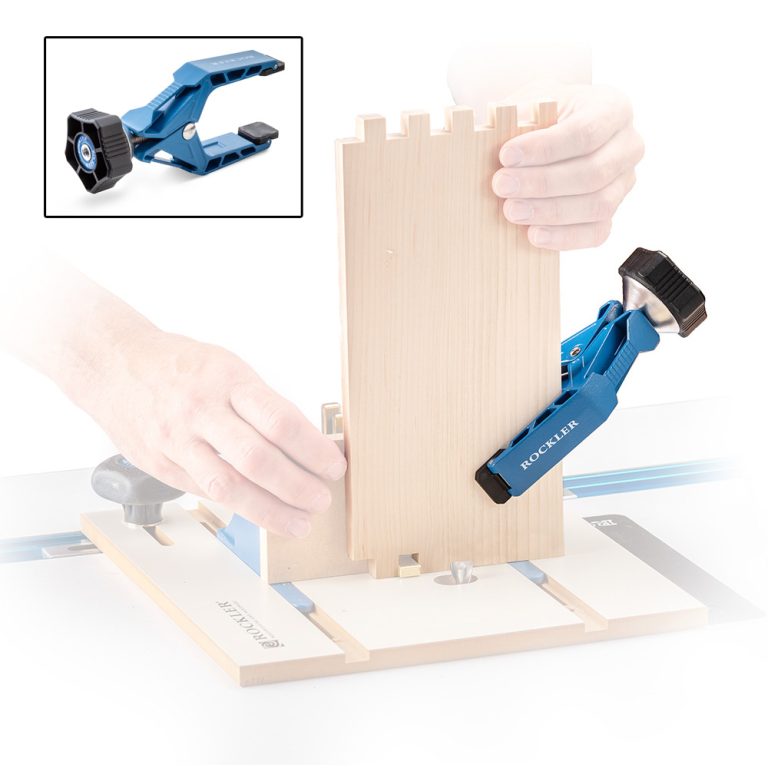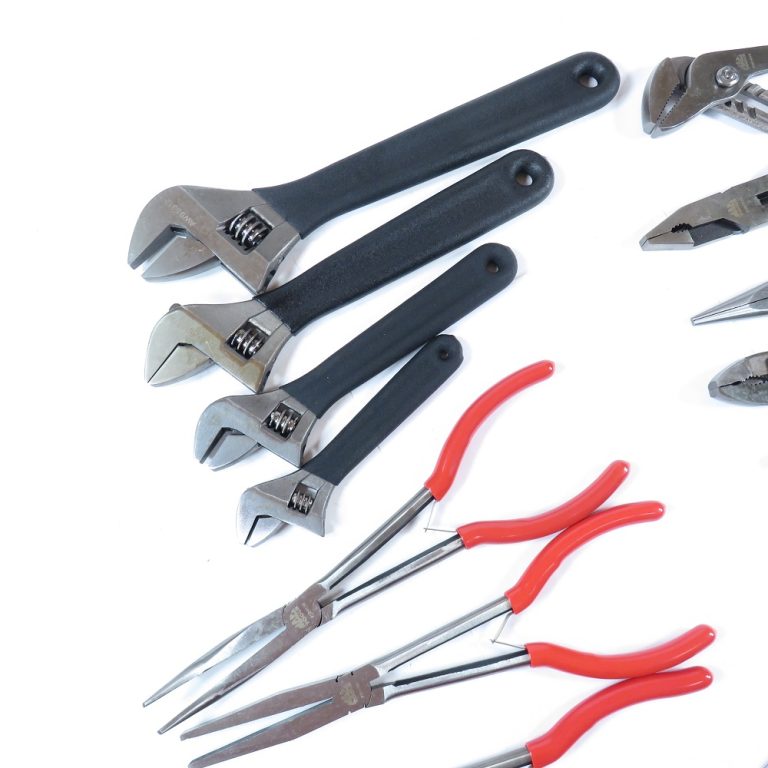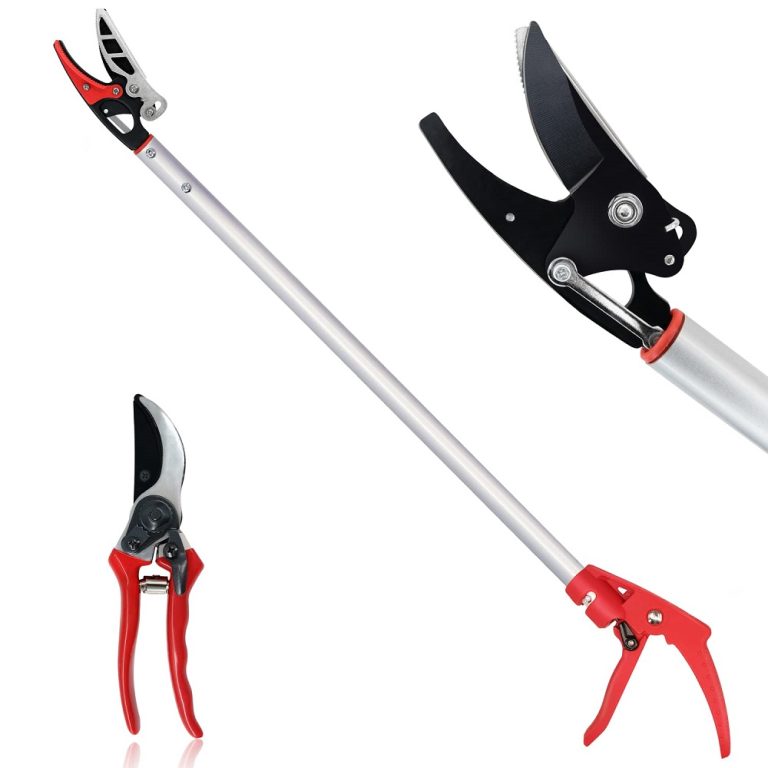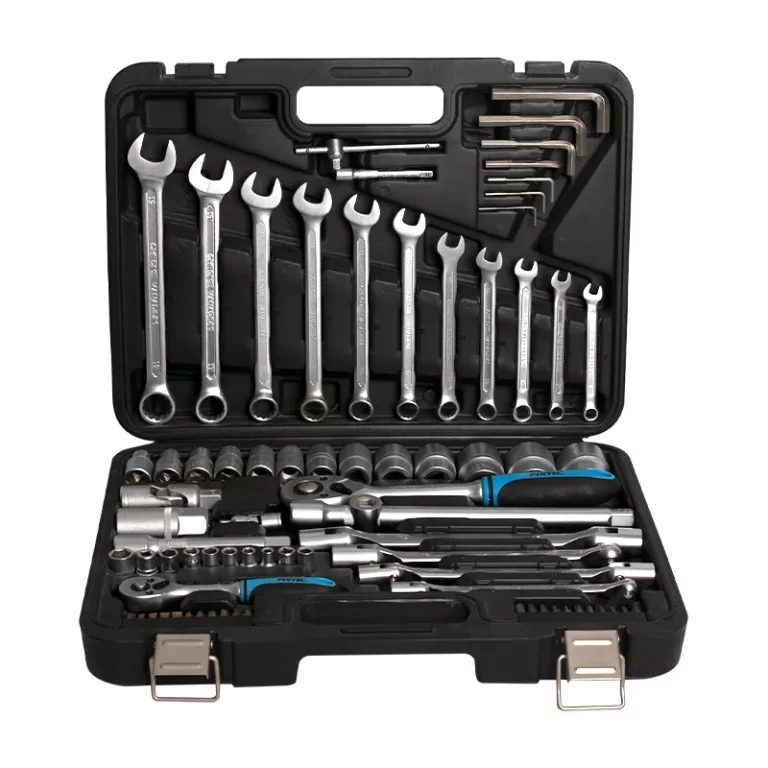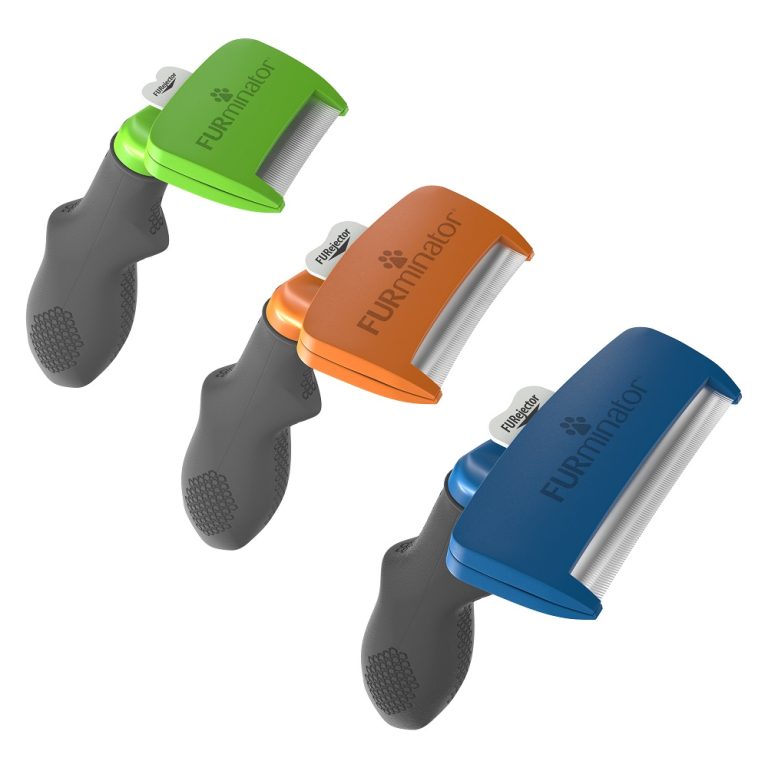Introduction to Electrical Plier
Electrical pliers are essential for electricians and DIY enthusiasts alike. These tools serve multiple purposes in wirework, from cutting and stripping wires to gripping and bending cables. In recent years, advancements have been made to make electrical pliers more versatile, durable, and safe. Manufacturers now focus on ergonomic design, improving grip comfort while minimizing user fatigue. The materials used are also evolving, with new alloys ensuring strength and corrosion resistance. Electrical pliers today come in various shapes and sizes, each suited for different tasks.
Some feature insulated handles for shock protection, an important safety consideration. Others boast precision-engineered jaws for intricate electrical work. Professional electricians often have a collection of these pliers, each selected for its particular function. With technology progressing, the evolution of electrical plier is bound to continue, making wirework easier, safer, and more efficient.
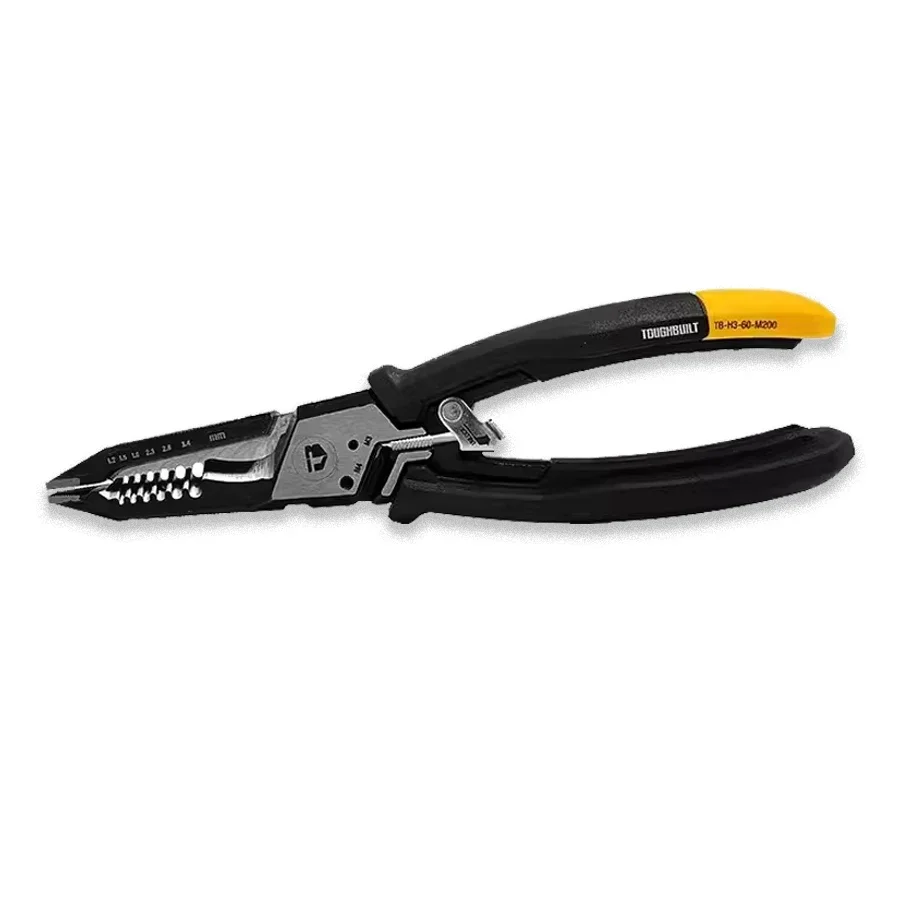
The Evolution of Wirework Tools
The journey of wirework tools has been one of innovation and improvement. Over the years, electrical plier have seen significant upgrades. These advances have complemented the growing complexity of electrical systems. Let’s explore how these tools have transformed and what changes have been most influential.
Enhanced Materials and Design
Modern electrical pliers benefit from high-strength materials. These materials resist wear and promote longevity. Designs now also focus on user comfort. Features like cushioned grips reduce the strain on hands during long work sessions. Combined, these updates have made electrical pliers more effective and less tiring to use.
Insulation for Safety
Safety has taken a front seat in the design of electrical plier. Many now come with insulated handles. These offer protection from electric shocks. This safety feature is vital for professionals and hobbyists who work with live wires.
Precision and Versatility
Quality electrical pliers today offer precision cutting and gripping. They have designs tailored for specific tasks. Some are for delicate work, while others handle heavy-duty tasks with ease. This specialization means that electricians can work more accurately and efficiently.
Multiple Functions in One Tool
Multipurpose electrical pliers have also emerged. These all-in-one tools combine cutting, stripping, and crimping functions. They save space in the toolbox and time on the job. Having one tool that accomplishes multiple tasks has simplified many wirework projects.
The evolution of electrical plier reflects wider changes in the wirework industry. As we advance, these tools will continue to innovate, adapting to new challenges and needs. Electrical pliers are not just tools; they are essential partners in the craft of wirework. With each iteration, they are becoming more refined, robust, and ready to meet the demands of modern electronics and electrical work.
Key Features of Advanced Electrical Plier
In the dynamic world of wirework, advanced electrical pliers stand out with several key features. High-quality materials are one defining trait. These materials ensure both strength and durability, critical for withstand repeated use. Stainless steel and chrome vanadium are popular choices, providing that much-needed resilience against corrosion.
Ergonomics play a vital role in modern electrical plier. Manufacturers carefully design grips to fit comfortably in the hand, allowing for prolonged use without discomfort. Anti-slip coatings and handle contours contribute to this improved user experience.
Most advanced electrical pliers now integrate multiple functions. A single tool carries out cutting, stripping, and sometimes even crimping jobs. This versatility reduces the number of tools required and speeds up workflow.
Precision is another hallmark of advanced tools. Fine-tuned jaw designs enable accurate gripping and cutting, vital for working with complex electrical systems. Some electrical pliers also feature adjustable settings, so users can modify the tool for various wire sizes and tasks.
Electrical pliers today utilize innovative locking mechanisms for added safety and precision. This feature helps in securing the pliers in place, ensuring a stable grip. The locking systems also prevent accidental slips during meticulous work.
Overall, advanced electrical pliers are crafted to serve as multi-functional, comfortable, and precise instruments in the toolbox of professionals and enthusiasts. These upgrades not only boost functionality but also enhance safety and efficiency in electrical projects.
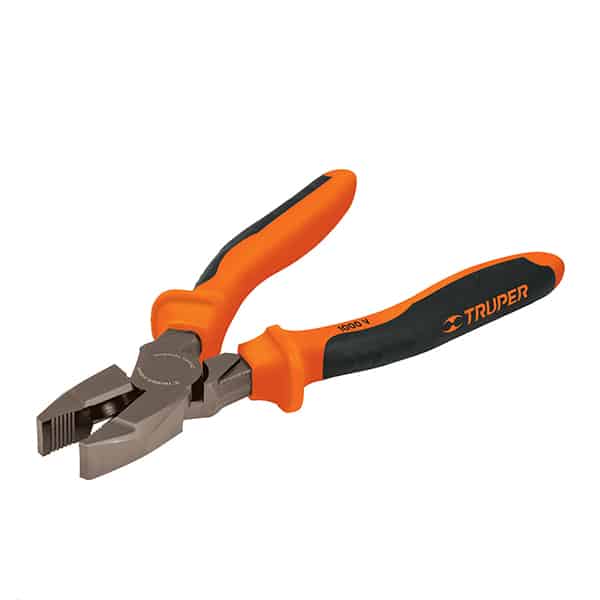
Electrical Plier in Modern Electronics
The rise of modern electronics has brought new demands for tools like electrical pliers. In this era of sophisticated gadgets and intricate circuitry, the role of electrical plier has expanded significantly. To keep up with the complexities of contemporary electronic devices, these pliers must be precise, reliable, and versatile.
Electrical plier now have to accommodate the delicate nature of electronic components. They come with precision tips for gripping small and sensitive parts without causing damage. The level of finesse required for today’s electronics cannot be overstated; even a minor slip can result in costly errors.
As circuit boards become denser, the space for maneuvering tools shrinks. Electrical pliers with slim profiles are designed to navigate these tight spaces. The narrow jaws allow electricians and technicians to reach into crowded areas and perform tasks with confidence and control.
Additionally, the integration of smart technology in electrical plier is a nod to the digital transformation of tools. Some pliers now feature built-in sensors and displays that provide real-time feedback on the force applied or the size of the wire being manipulated. This integration enhances accuracy and contributes to more effective and efficient work.
The use of electrical pliers in modern electronics isn’t just about utility; it’s about enabling precision engineering at the smallest scale. From assembling sensitive microchips to wiring complex home automation systems, these tools are critical in bringing cutting-edge technology to life.
To sum up, electrical pliers have become more than just simple hand tools. They are now a cornerstone in the toolkit of those who work on the front lines of electronic innovation. With continued technological advancements, the future of electrical pliers looks set to be as dynamic as the industry they serve.
Safety Innovations in Electrical Plier Design
The design of electrical pliers has taken leaps towards enhancing user safety. Recognizing the hazardous nature of electrical work, manufacturers are continually innovating to make these tools safer. Here are some key safety features now commonly found in electrical plier design:
- Insulated Handles: A standard on most electrical plier, insulated handles provide a barrier against electric shock. This feature is crucial for protecting electricians when working with live wires.
- Non-Conductive Coatings: Some electrical plier come with special coatings on their metal parts. These non-conductive layers further reduce the risk of electrical accidents.
- Safety Locks: A locking mechanism helps prevent the pliers from opening or closing unintentionally. This not only protects the user’s hands but also ensures the pliers remain safely stored when not in use.
- Automatic Spring Return: This feature automatically opens the pliers after pressure is released. It minimizes user effort and reduces the risk of repetitive strain injuries associated with manual operation.
- Circuit Sensor Technology: Higher-end electrical plier are now equipped with sensors that alert the user to the presence of electrical current. This added layer of protection helps prevent accidental contact with live circuits.
With these safety features, manufacturers of electrical pliers are not only focusing on the tool’s primary functions but also on providing a safer working environment for electricians. Enhanced safety features in electrical pliers mean fewer accidents and more confidence for professionals when tackling electrical projects.
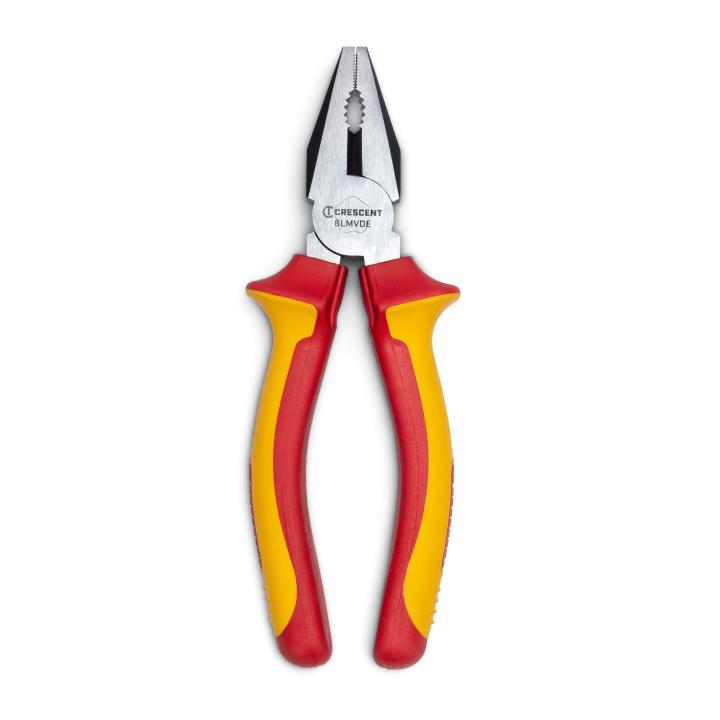
Maintenance and Care for Electrical Plier
To ensure the longevity and performance of your electrical pliers, regular maintenance and care are essential. Here are some tips to keep your pliers in top condition:
- Clean Regularly: Wipe the pliers with a dry cloth after each use. Remove any dirt or grime to prevent rust and corrosion.
- Check for Damage: Inspect your pliers for signs of wear or damage. Look for cracks, chips, or dull cutting edges. Replace or repair them if needed.
- Lubricate Joints: Apply a drop of oil to the joints to keep them moving smoothly. This also helps to prevent rust.
- Store Properly: Keep your electrical pliers in a dry environment. Use a tool pouch or box to protect them from moisture and dust.
- Avoid Abuse: Do not use the pliers for tasks they are not designed for, like hammering. Misuse can damage the tool and reduce its efficiency.
- Handle with Care: Always use the right grip and force when working with electrical pliers. Excessive force can bend the tips or damage the handles.
- Insulation Check: For insulated pliers, ensure the insulating material does not have any cracks or wear.
Following these maintenance steps will help keep your electrical pliers reliable and safe to use. It also ensures that they continue to perform at their best for your electrical projects.
The Role of Electrical Pliers in Professional Electrician’s Toolkit
Electrical pliers are crucial in a professional electrician’s toolkit. These pliers perform tasks from wire cutting to precision component installation. For electricians, having the right plier type is key to completing work efficiently.
The role of electrical pliers has evolved, becoming integral to various electrical jobs. They are not just tools but essential partners in ensuring safety and delivering quality workmanship. Electricians rely on them for both the heavy-duty rigors of installing cable conduits and the delicate work on circuit boards.
A professional’s toolkit often includes diverse pliers types. Each designed for specific electrical challenges. For instance, needle-nose pliers allow for precision in tight spaces. Wire strippers, on the other hand, prepare wires for connections without damage.
With electrical pliers, time and accuracy define successful electrical work. Professionals choose tools that combine multiple functions. This reduces the need to switch between tools and enhances workflow.
Comfort is also critical. Electricians work long hours. Therefore, pliers with ergonomic designs lessen hand fatigue. This is vital when precision and attention span are at a premium during intricate electrical tasks.
To summarize, electrical pliers are indispensable for electricians. They provide the reliability and multipurpose functionality necessary for modern electrical work. Properly maintained and wisely chosen, these pliers can make all the difference in electrical projects—and ultimately, in an electrician’s ability to deliver top-notch services.
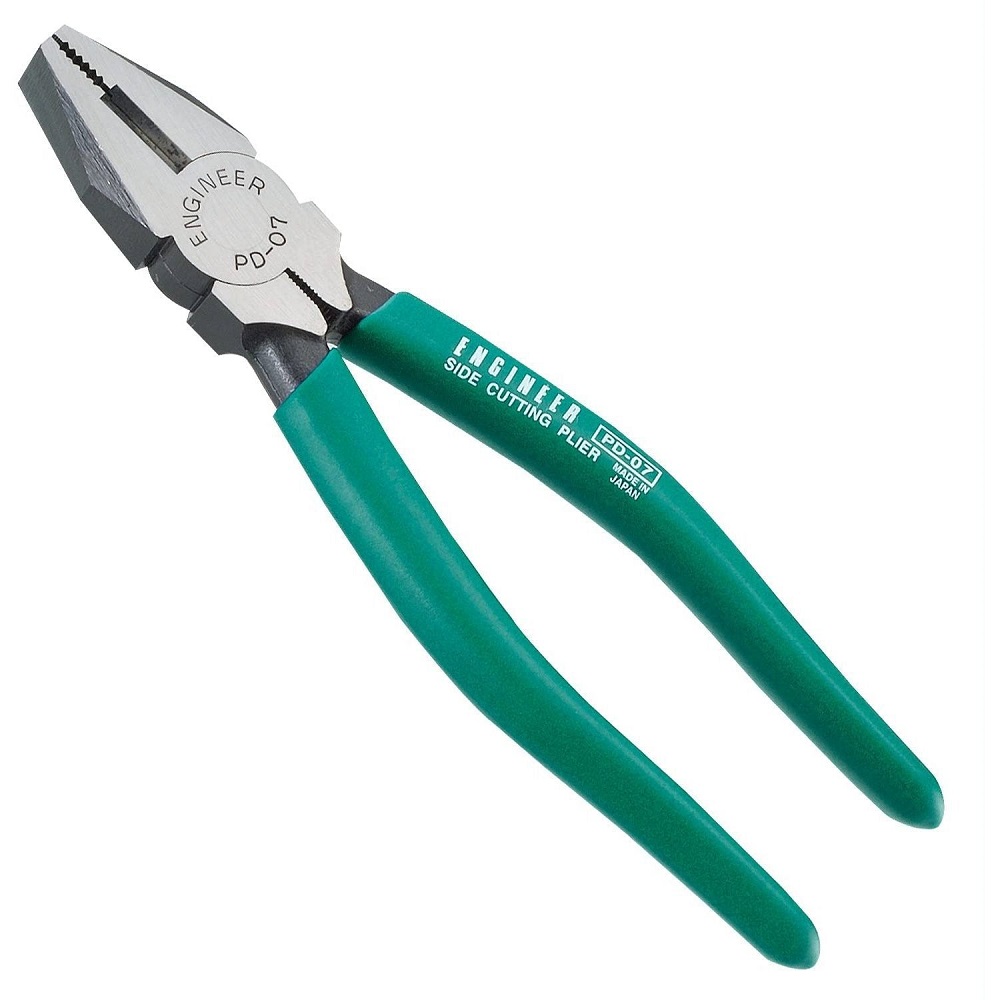
Emerging Technologies in Electrical Pliers Manufacturing
The manufacturing of electrical pliers is rapidly embracing new technologies. These innovations aim to enhance tool performance and user experience. Let’s dive into the cutting-edge developments shaping the future of electrical plier production.
- 3D Printing: Manufacturers now use 3D printing to create prototypes and parts for electrical pliers. This allows for quick design changes and testing of new features.
- CNC Machining: Computer Numerical Control (CNC) machining produces precise and consistent components. It ensures every pair of pliers meets the highest quality standards.
- Laser Cutting: Lasers provide accurate and clean cuts for plier components. This technology also enables intricate designs that were once difficult to achieve.
- Robotics and Automation: Automated assembly lines have increased the efficiency of producing electrical pliers. Robotics lead to more consistent products and faster production times.
- Smart Materials: The use of smart materials that respond to environmental conditions is on the rise. These materials could potentially improve the durability and functionality of electrical pliers.
- Quality Control Tech: Advanced quality control technologies, including imaging and sensors, ensure that each tool is flawless before reaching the consumer.
These emerging technologies not only push the boundaries of what electrical pliers can do but also improve safety and durability. As the sector continues to innovate, electrical pliers will become even more specialized and tailored to the intricate needs of modern electronics and electrical work. The evolution of manufacturing technologies promises a new chapter in the story of electrical pliers, marked by efficiency, precision, and reliability.

Empowering Your DIY Journey
Summary of Key Points
Electrical pliers are essential tools for anyone embarking on DIY auto maintenance. Understanding the types of pliers, their features, and how to use them properly can enhance your success. Prioritizing safety and proper care contributes to the longevity of your tools.
Building Confidence and Skills
As you gain experience using electrical pliers, your confidence will grow. Tackling new projects will become more manageable, and your skills will improve. Remember to embrace the learning process and appreciate your progress along the way.
Celebrate Your Achievements
Enjoy the satisfaction that comes from completing your DIY projects. Each task you accomplish builds a foundation for future endeavors. Embrace the journey of learning about your vehicle and enhancing your skills in the world of DIY auto maintenance. With the right tools, you can achieve remarkable results and gain a greater understanding of your automotive needs.
